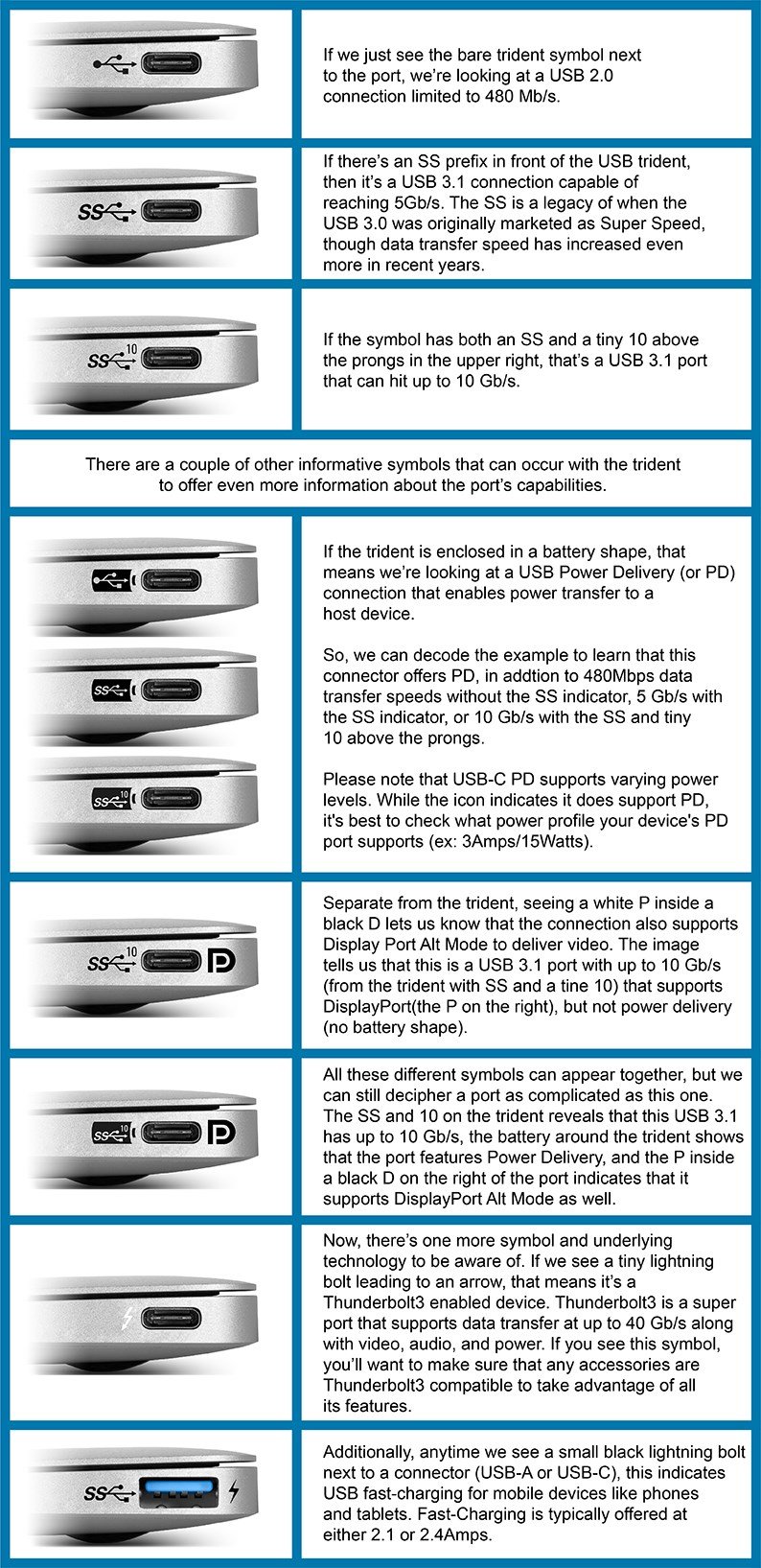this post was submitted on 09 Sep 2024
1591 points (97.4% liked)
Technology
59378 readers
2328 users here now
This is a most excellent place for technology news and articles.
Our Rules
- Follow the lemmy.world rules.
- Only tech related content.
- Be excellent to each another!
- Mod approved content bots can post up to 10 articles per day.
- Threads asking for personal tech support may be deleted.
- Politics threads may be removed.
- No memes allowed as posts, OK to post as comments.
- Only approved bots from the list below, to ask if your bot can be added please contact us.
- Check for duplicates before posting, duplicates may be removed
Approved Bots
founded 1 year ago
MODERATORS
you are viewing a single comment's thread
view the rest of the comments
view the rest of the comments

Black is USB 2, blue is USB 3, and Orange or Yellow are usually "always on" and/or 2.4 amp or some other kind of thing like that.
Not on all vendors tho - coloring was an optional part of the standard. Dell often uses grey for USB3
It's the variety and surprise here that adds novelty and excitement to life.
https://www.usbmemorydirect.com/blog/usb-port-colors/
I definitely have a number of devices that use newer-than-USB 3.0 and use blue.
I don't think any of my devices actually use teal, regardless of what they support. Oh...hmm. Wait, I think my last desktop motherboard did that.
goes to investigate
Yeah, it has teal and blue ports.
My current motherboard uses blue or red for everything USB-A, so clearly isn't using blue to indicate "USB 3.0", and labels every port, blue or red, in English as "USB 3.2". So it clearly isn't using the port color to indicate purely speed.
Another source of novelty and excitement.
So much excitement.